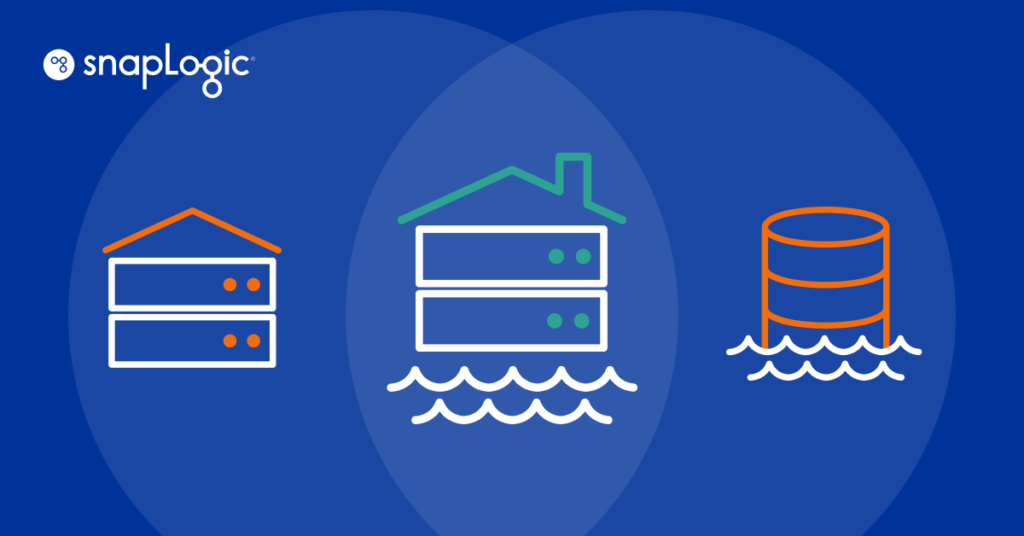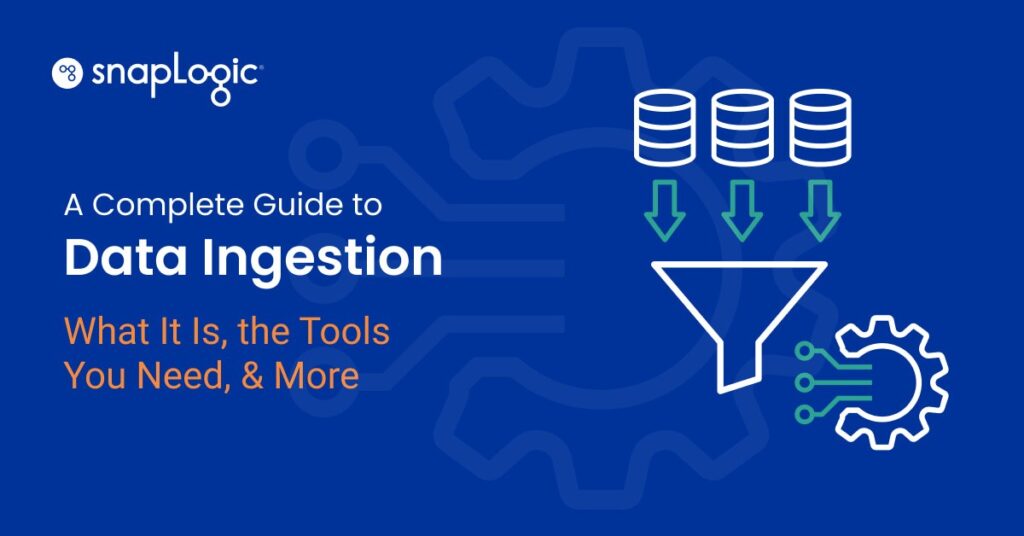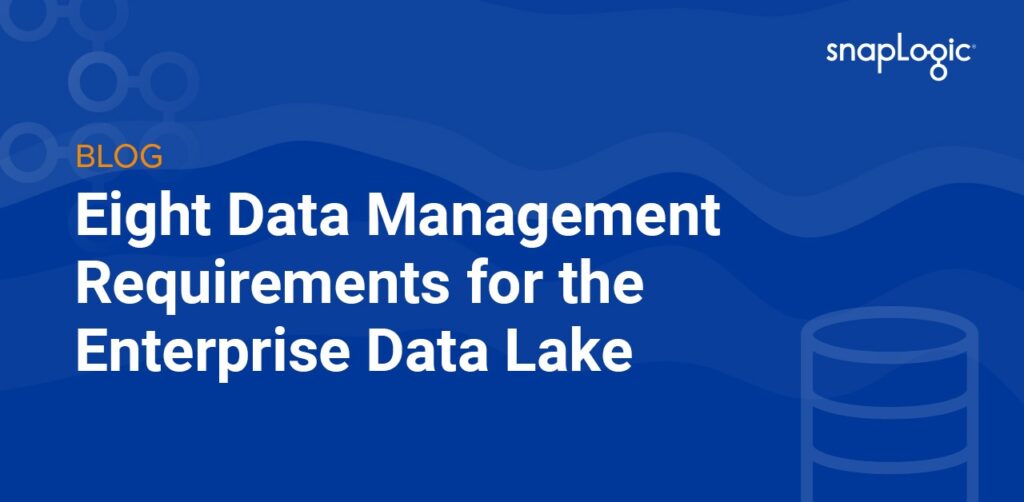What is a data swamp?
A data swamp is a term used to describe a mismanaged data repository that makes data analysis and data-driven decision-making difficult. Unlike a well-managed data storage environment such as a data lake, which stores large amounts of structured and unstructured data in a way that is easily accessible and usable, a data swamp is characterized by:
Poor data quality: data may be incomplete, inconsistent, or inaccurate
Lack of metadata: information about data may be insufficient, making it hard to understand its context, origin, and structure
Disorganization: data is stored haphazardly, without a coherent structure, which makes it difficult to navigate and retrieve useful information
Limited accessibility: users find it challenging to locate, access, and utilize the data they need.
Ineffective management: a lack of governance and management practices leads to uncontrolled data growth and clutter
Data swamp vs. data lake
The difference between a data swamp and a data lake lies in the organization, management, and usability of the stored data.
Data swamps are typically characterized by the following:
- Disorganization and a lack of management controls, including metadata, data governance and access
- Data that is incomplete, inconsistent, and of low quality
- Users find it challenging to locate, access, and utilize data effectively because there is a lack of tools and systems to support efficient data retrieval and analysis
- Data is stored haphazardly without a coherent structure (like a canonical data model) or clear purpose
- The repository grows uncontrollably, leading to clutter and difficulty in managing the data
Data lakes are typically characterized by the following:
- Well-structured and managed data, with clear metadata, governance policies, and access controls in place
- Data that is clean, well-documented, and of high quality
- Users can easily access and retrieve data for analysis and decision-making and tools and systems are in place to facilitate data extraction, transformation, and analysis
- Data is stored with a clear purpose and is organized to support various analyses
- Designed to efficiently handle large volumes of structured, semi-structured, and unstructured data






